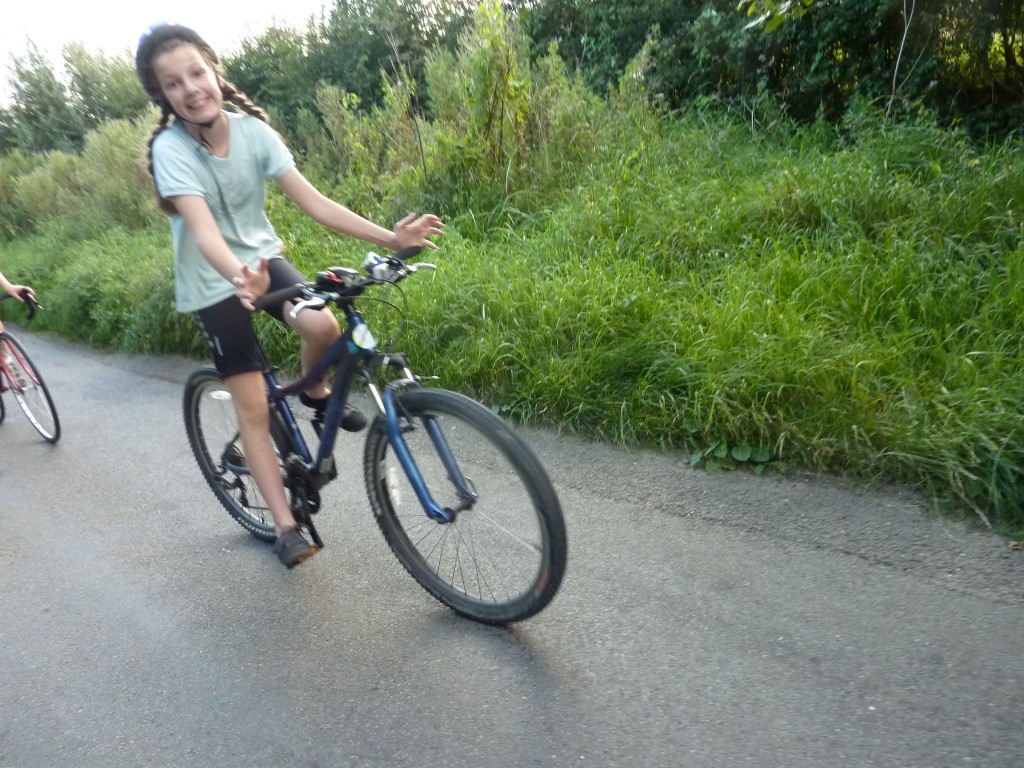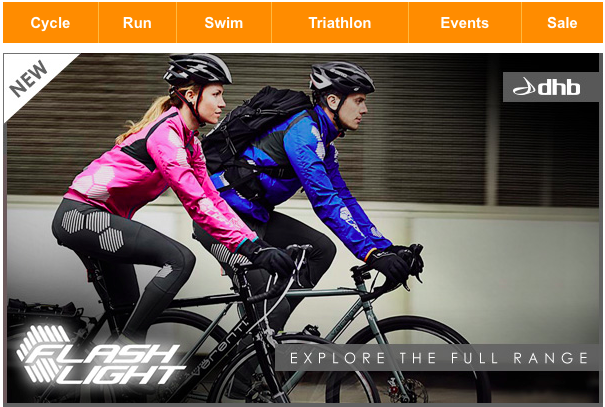There is probably a wider range of mountain bikes than any other genre of bike and they come with many different purposes, qualities and price points. There is a strong argument in saying the mountain bike (aka ATB, MTB) have saved the bicycle industry in the UK and far beyond. For the marketing and advertising professionals, mountain bikes are a gift. They look tough, rugged, very “technical” and appealing to those who are after a bargain.
Below are some comments about the different kinds but first of all, I want to say something about flat pack mountain bikes. These are the ones that come from supermarkets, mail order catalogues etc. They are generally sold in a form that requires some form of assembly and a tune up. On the face of it, they do represent good value. Afterall, a “full suspension mountain bike with lots of Shimano gears” costing only £99 seems a good deal especially when you look at the price of some other components. Two decent mountain tyres could cost £100 on their own. Most of these bikes are heaps of junk, I mean it. Tyres don’t seat properly, brakes are impossible to balance, virtually no spare parts availaibility, heavy and crudely made. The ex-factory cost of a cheap bike is about £20 – £40 before it is shipped to the other side of the world and then given a mark-up (i.e. the shop’s profit) and then you add VAT at 20% to still come in at under £100. Moral of the story – you pay for what you get.
Ordinary mountain bikes
Ordinary mountain bikes, also known as Freerider, are those you’ll use for general purpose like my daughter on her Specialized Myka, above. This is an entry-level bike and typical of those costing around £250 to £300, anything less will probably be a false economy. For this you get a basic aluminium or steel (cro-mo) frame, basic suspension forks where there may be a lock out switch – this usefully locks the suspension so you don’t lose untoward amounts of energy pedalling hard and bouncing along the road. In the case of Hannah’s bike, there’s a mixture of anonymous components (hubs, bottom bracket, brakes) and more familiar names such as Sram transmission and a Shimano chainset.
Be prepared to spend up to £500 to get a reasonably good entry level bike that is fine for an undemanding cyclist. From this point to £1000 things start to get more serious if you’re more of a regular enthusiast. From roughly at this point, your choice opens out a little more:
Cross country XC
These look a little more racy through having a less upright riding position. Almost certainly they have suspension forks and possibly rear suspension as well (i.e. swing tail or hard tail). These are a good compromise between handling well when blasting down steep off-road trails and then riding back up the hill.
XC bikes can often be converted easily to become urban commuting bicycles. Just change the knobbly tyres for slicks and add a pannier rack and mudguards and you’ll handle anything riding to work. Don’t take it for granted that you can fit these – do check it out with your LBS who might need to make some adaptations to make these accessories fit. Often they do, but don’t make assumptions.
Some 2012 examples include: Santa Cruz Blur LT Carbon with Shimano XTR groupset for well over £6,000 or a little more down to earth with a Scott Scale 50 hard tail with a some mid range Shimano SLX bits for around £1,150.
Others
There are Down Hill (DH’ers) which are laid back and have fewer gears and limited use in everyday life. These are for serious down-hillers, a sport in its own right. I vaguely know someone (Sam Wakefield) who is a semi-pro and I’ve seen some headcam footage of him bombing down the side of US mountains. Terrifying , I can tell you!
29ers are just like ordinary mountain bikes but with larger 29″ wheels. This has appeared in shops over the last few years and in theory makes riding over tree roots, boulders and other obstructions a little easier. Owing to smaller manufacturing numbers and a slightly limited range of rims and tyres, these are sometimes just a little more expensive, bike for bike and less choice.
Related:
https://thecyclehub.net/?p=234 finding the correct saddle eight





 RSS – Posts
RSS – Posts